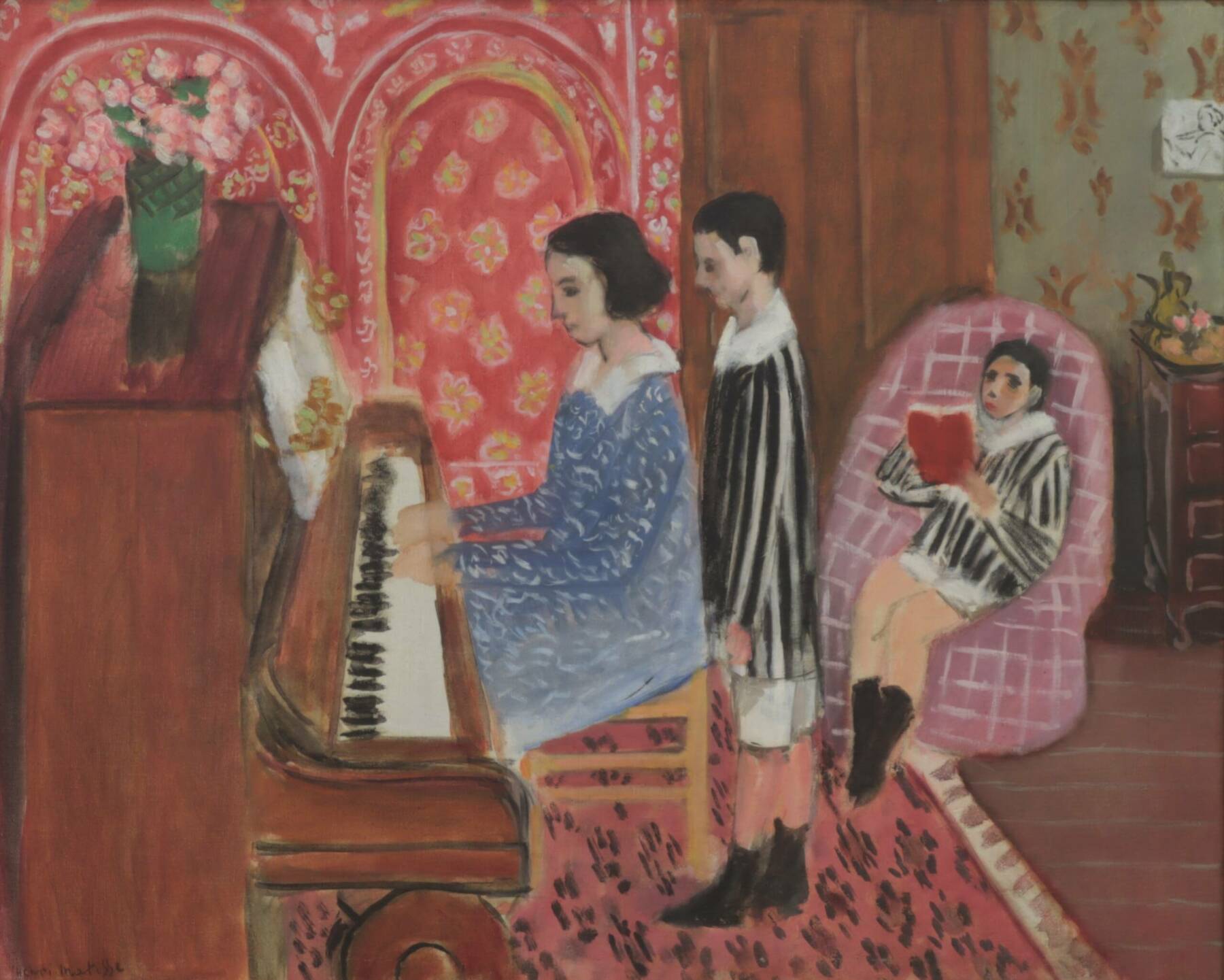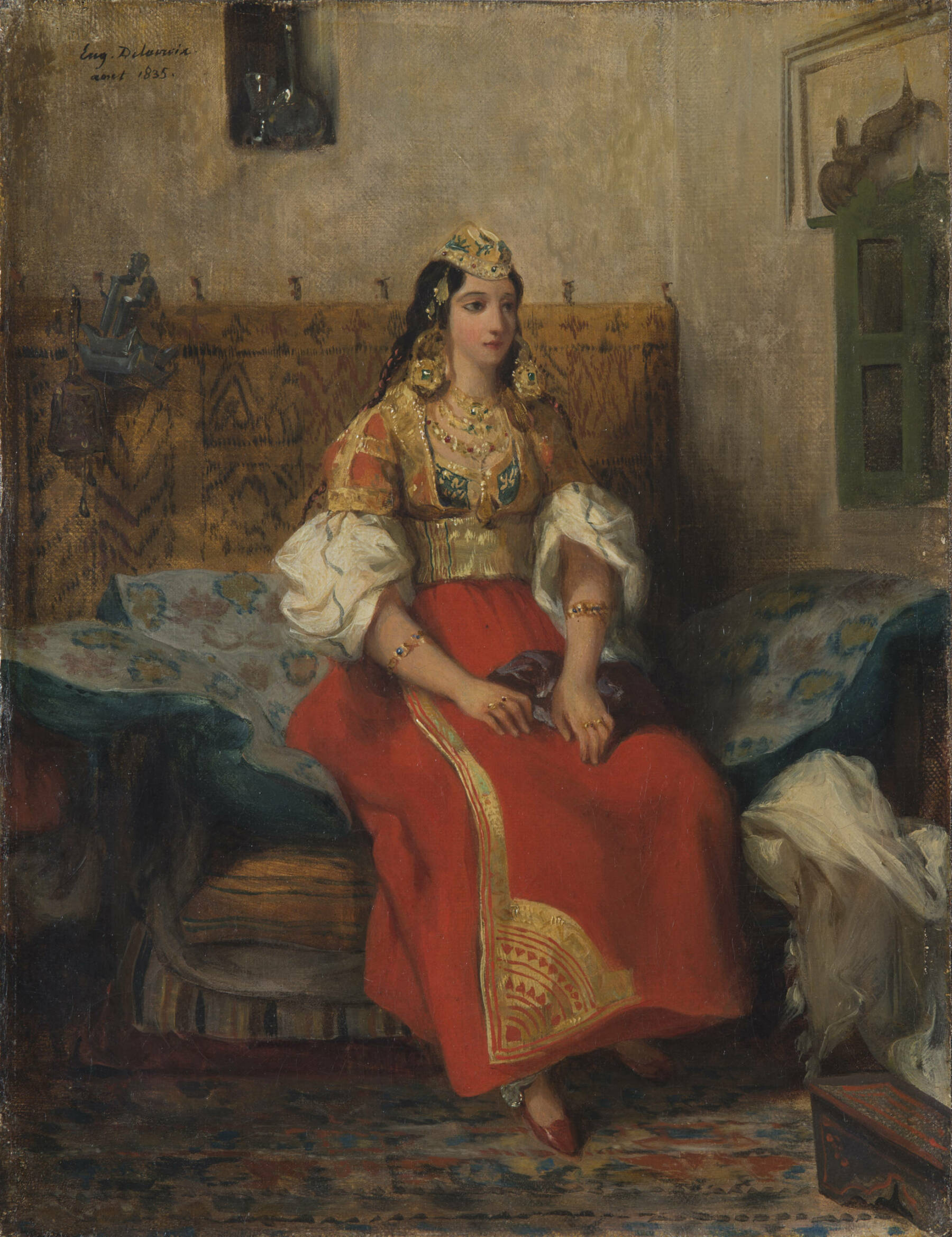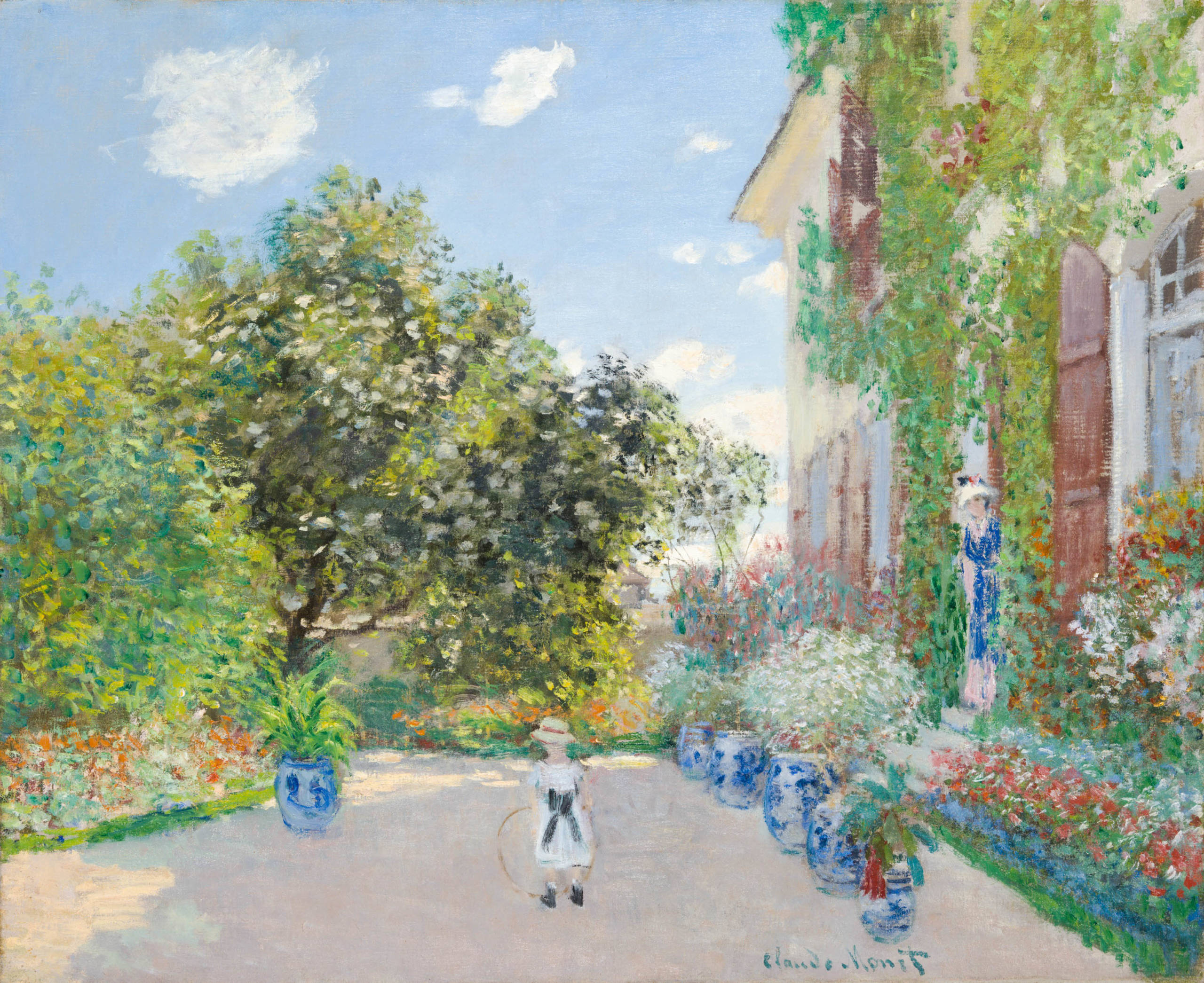
About
In spring 2023, the musée des impressionnismes Giverny organized an unprecedented exhibition dedicated to childhood in Impressionism.
The Children of Impressionism exhibition
How did great masters such as Claude Monet, Pierre-Auguste Renoir or Camille Pissarro represent their families and those of their loved ones?
What do their works say about the place of the child? What kind of parents were they?
Under the Third Republic, while Jules Ferry worked to develop the education of the working classes, artists took up the subject of children in modern society through the following themes: motherhood, learning, games, outings to the beach and the gardens, adolescence and its daydreams… Between the relative emancipation that youth acquires and the strict education that still has the value of governing, there are many ways to forge a life towards the world of adults before the 1914-1918 war.
What does it mean to be the daughter or son of an impressionist painter?
The Children of Impressionism exhibition brought together around a hundred works including those of Claude Monet, Paul Gauguin, Mary Cassatt and Berthe Morisot.
The musée des impressionnismes Giverny invited the viewer to go beyond the idyllic image to enter the little-known intimacy of Impressionist families.
The exhibition also extended its exploration to today’s children and adolescents through photography and video.
A fragile life
In France, around 1880, early infant mortality was still extremely high. The slow progress of vaccination made it possible to avoid premature deaths but also to lengthen life expectancy.
Impressionist painters did not escape their time. To represent a child is to pay homage to youth and to become aware of the brevity of existence, like Alfred Sisley, whose son Jacques died at the age of five month with his nurse. This awareness of the ephemeral nature of existence strikes the entire Impressionist group, from Claude Monet to Camille Pissarro and Mary Cassatt.
If paintings representing infants, strollers and cradles are quite numerous among the Impressionists, this is due to the charm of such a subject, to the tenderness of the artists for the children, but also to this awareness of the fragility of life. They focused on immediate happiness, as they knew that children could die very quickly, too soon. This is an allegory that we also find in the evocation of flowers, of existence so brief.
The painter’s loneliness
It is not necessary to be a parent to be interested in the subject of children. Mary Cassatt and Edgar Degas managed to grasp all possible attitudes without ever becoming parents.
Their gaze is directed towards a subject that they approach with gentleness and respect but also sometimes strangeness. This is undoubtedly what makes their works so sensitive and touching.
How to make a child pose
Posing for a painter is a tedious exercise. Staying still for long periods of time for the artist to capture an expression can be very boring, especially for children who are used to moving. Jean Renoir describes at length in his memoirs his difficulty in posing for his famous father: Gabrielle, who played the role of nanny and model for Renoir, managed to calm him down by playing with him – which explains the many portraits of Jean or Coco (Claude), where she appears.
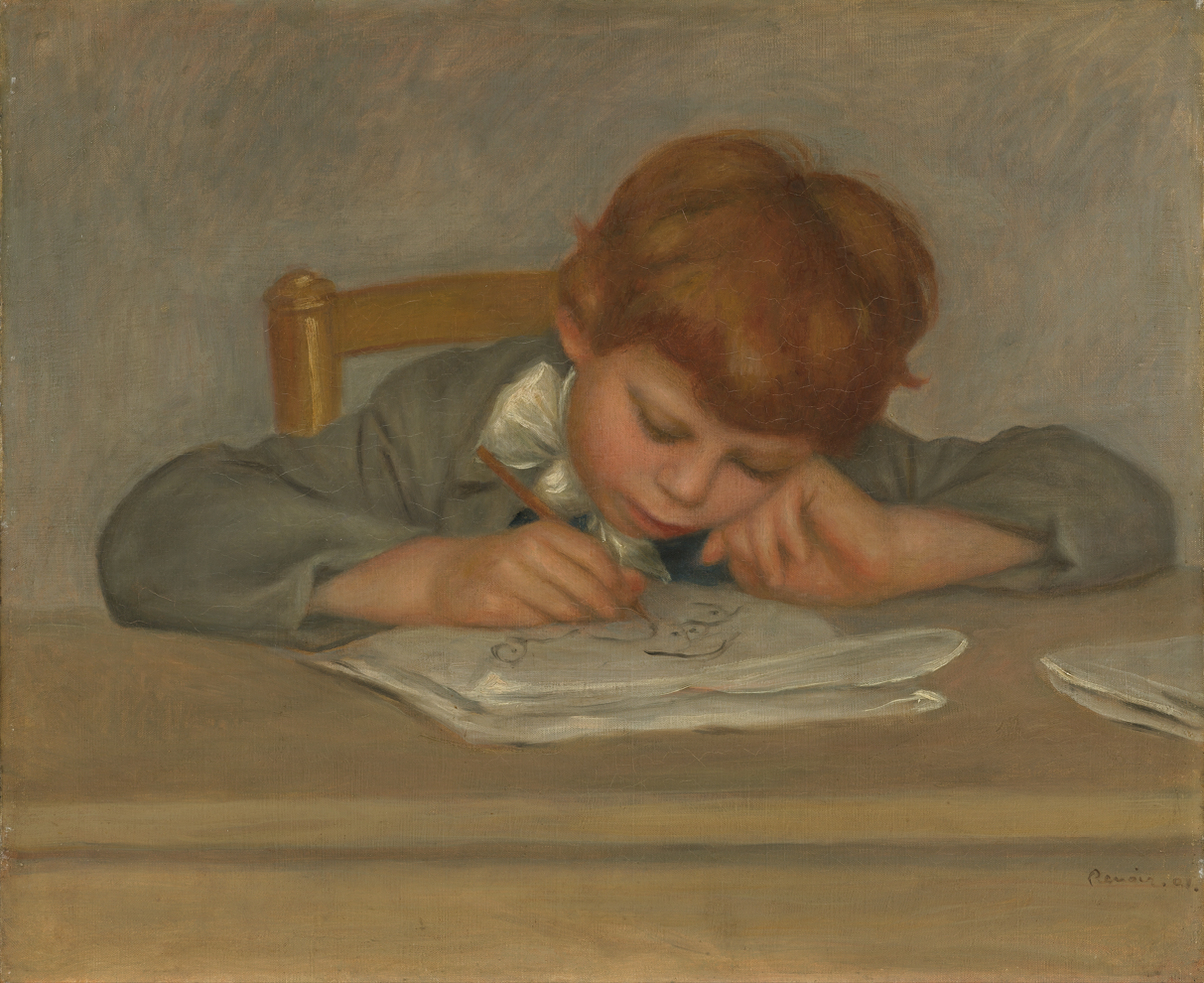
- Pierre-Auguste Renoir (1841-1919)
- Jean dessinant, 1901.
- Richmond, Virginia Museum of Fine Arts, collection de M. et Mme Paul Mellon
- © Virginia Museum of Fine Arts / photo : Katherine Wetzel
Jean dessinant translates Pierre-Auguste Renoir’s talent for capturing moments that escape the pose: children are seen in activity, immersed in their world, under the benevolent gaze of adults. The representations also vary according to the activities: the practice of the piano, the games, the beach, make it possible to capture moments where spontaneity is valued, far from the academicism of an official portrait.
The garden as a children’s Eden
Far from adults and close to nature, the garden is a refuge. Some artists favor the total immersion of the child in plant elements such as in Mademoiselle Rose Worms by Boutet de Monvel. The little girl poses facing the viewer, hieratic, and seems frozen in a personal, distant and inaccessible universe.
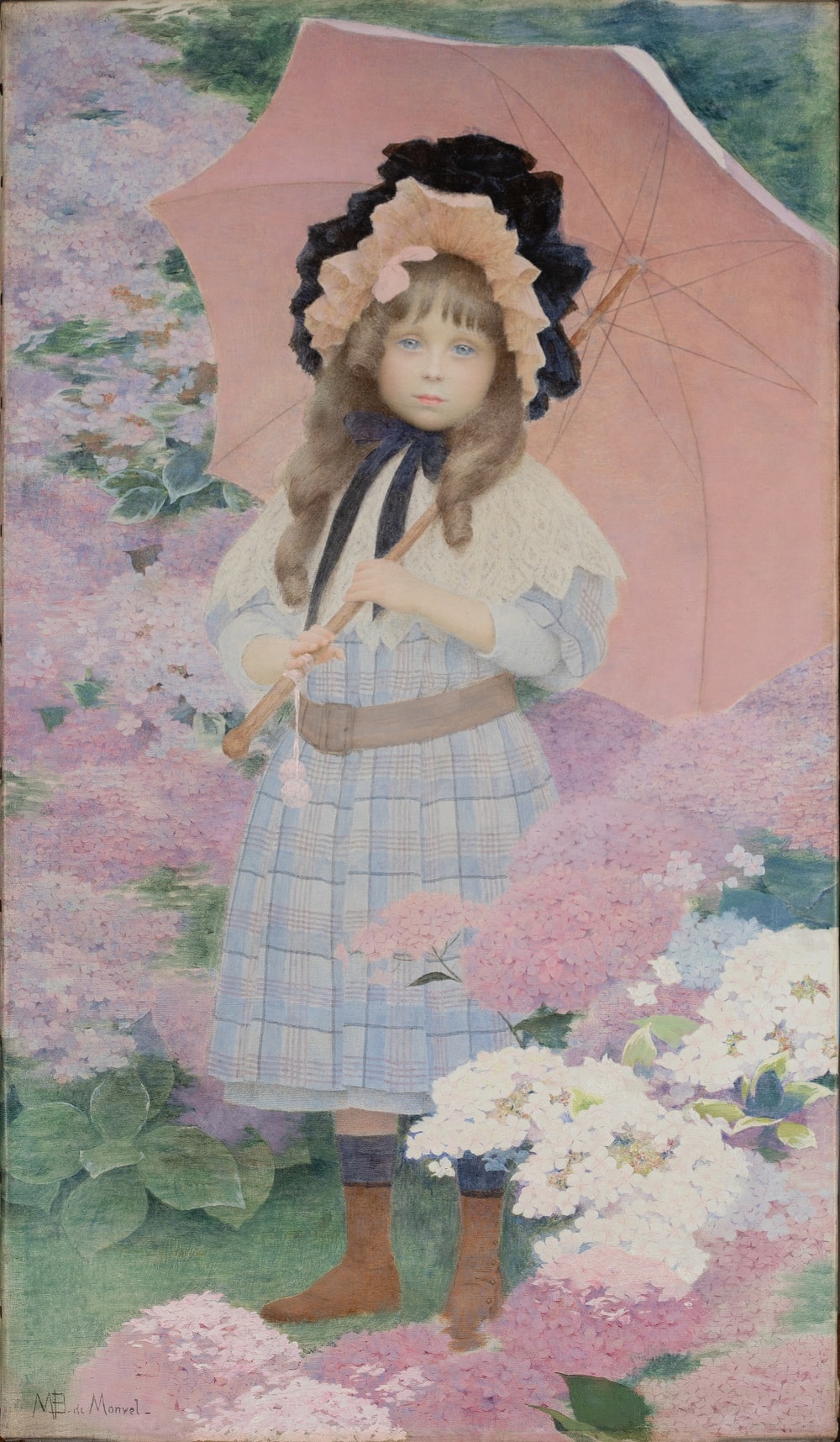
- Maurice Boutet de Monvel (1850-1913)
- Mademoiselle Rose Worms, vers 1900.
- Huile sur toile, 71,5 x 41,5 cm
- © Giverny, musée des impressionnismes, acquis avec l’aide de la Société des amis du musée en 2022, MDIG 2022.1.1 © Giverny, musée des impressionnismes / photo : Jean-Charles Louiset
Like a hidden world, the garden deploys the mental universe of children, that of secret dreams, in correspondence with the colors of the flowers, the trees, the meadows which respond to their intimate aspirations.
The garden is an enchanting place where childhood plays out out of sight. The adult is the guardian of this space of freedom and innocence. The painter then places himself as an invisible witness to a precarious and ephemeral happiness.
Curators: Cyrille Sciama, General Director of the Musée des Impressionnismes Giverny and Chief Heritage Curator, and Marie Delbarre, Research Assistant at the Musée des Impressionnismes Giverny
With the exceptional support of the Musée d’Orsay.
Practical information
Opening times
Exhibition presented from 31 March to 2 July 2023.
In images
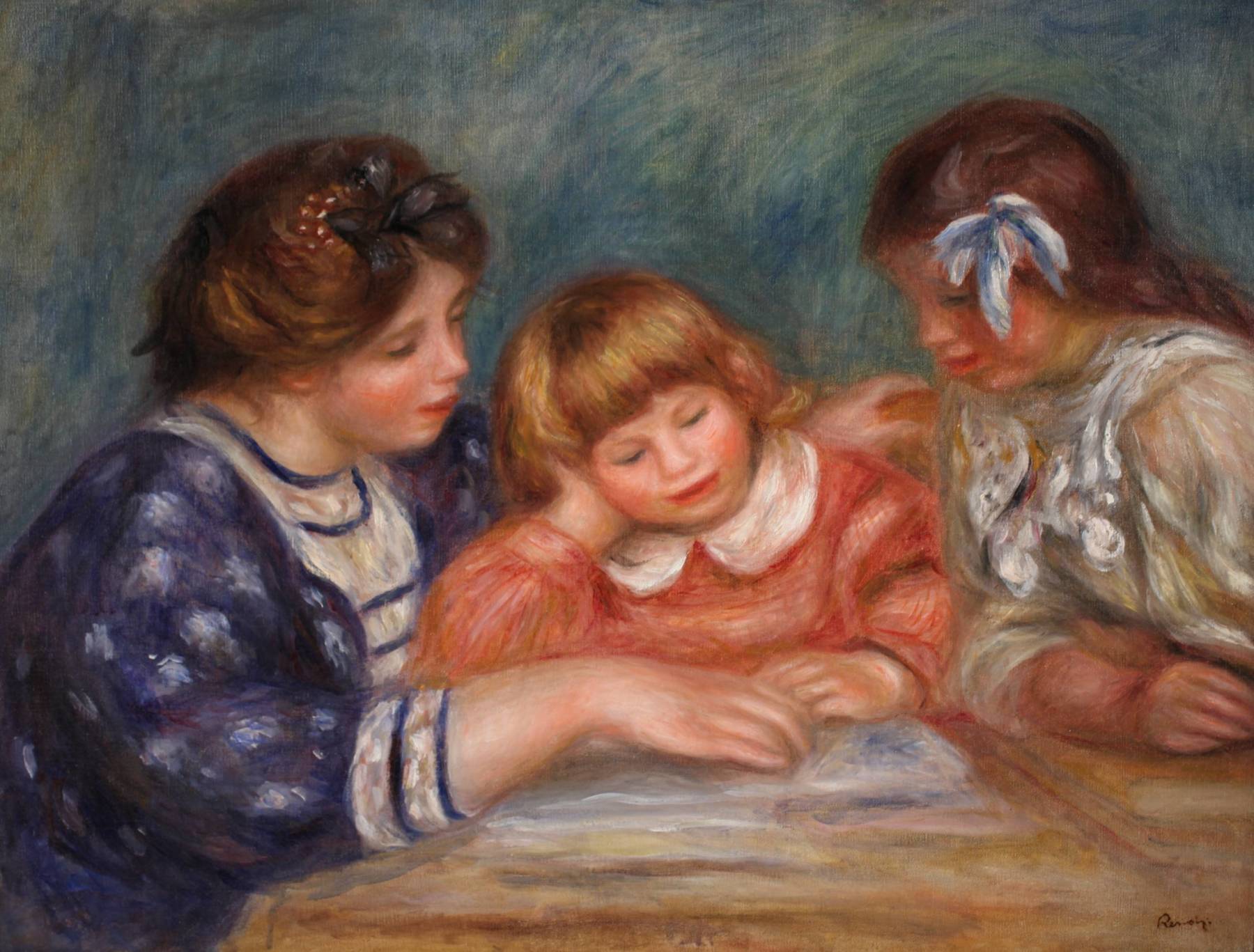
- Auguste Renoir (1841-1919)
- La Leçon (Bielle, l’institutrice et Claude Renoir lisant), vers 1906.
- Huile sur toile, 65,5 × 85,5 cm
- © Collection David et Ezra Nahmad
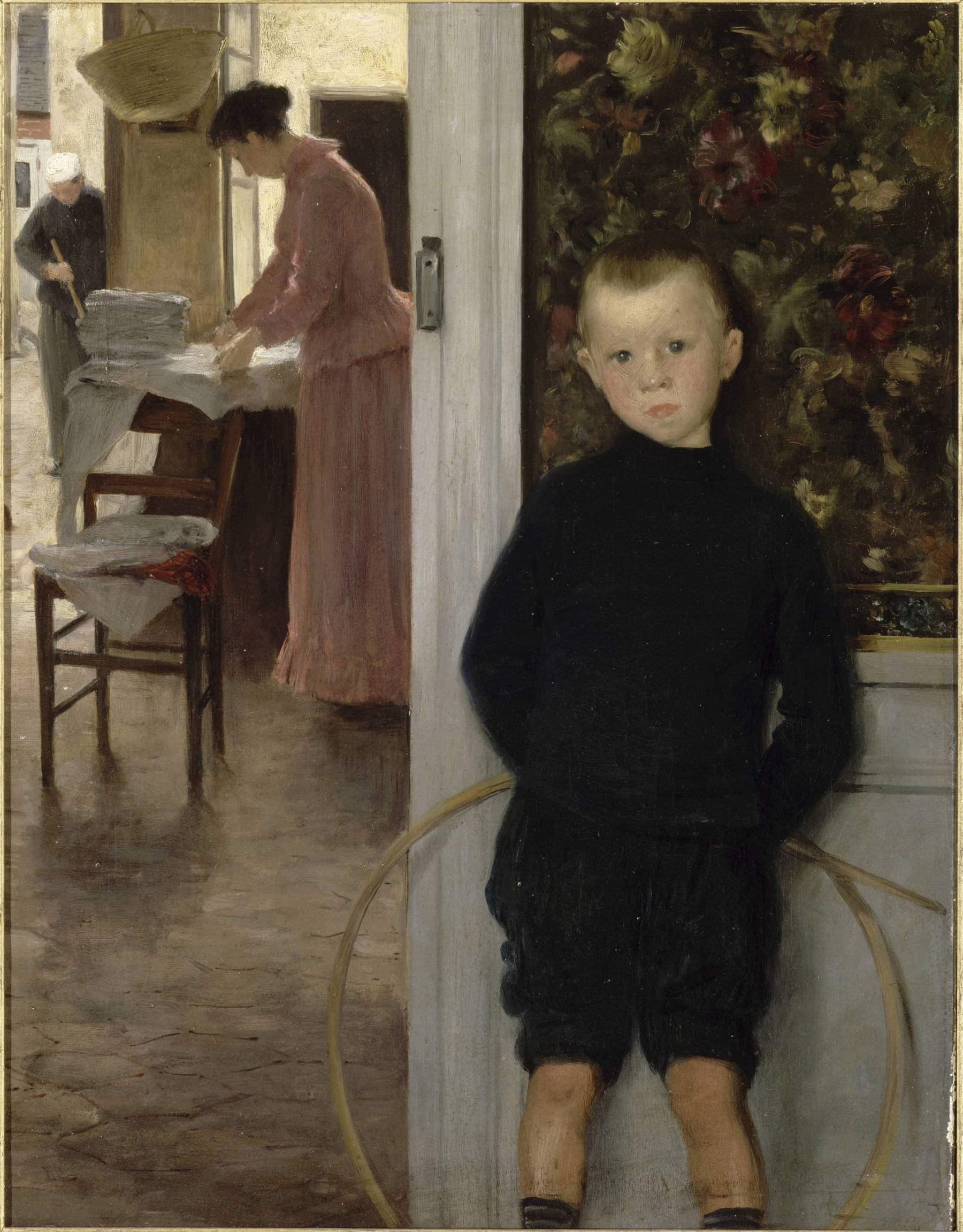
- Paul Mathey (1844-1929)
- Enfant et femme dans un intérieur, Vers 1890.
- Huile sur toile, 48,5 x 38 cm
Paris, musée d’Orsay, don de Mlle Dubreil, 1982, RF 1982-9 - © RMN-Grand Palais (musée d’Orsay) / Hervé Lewandowski
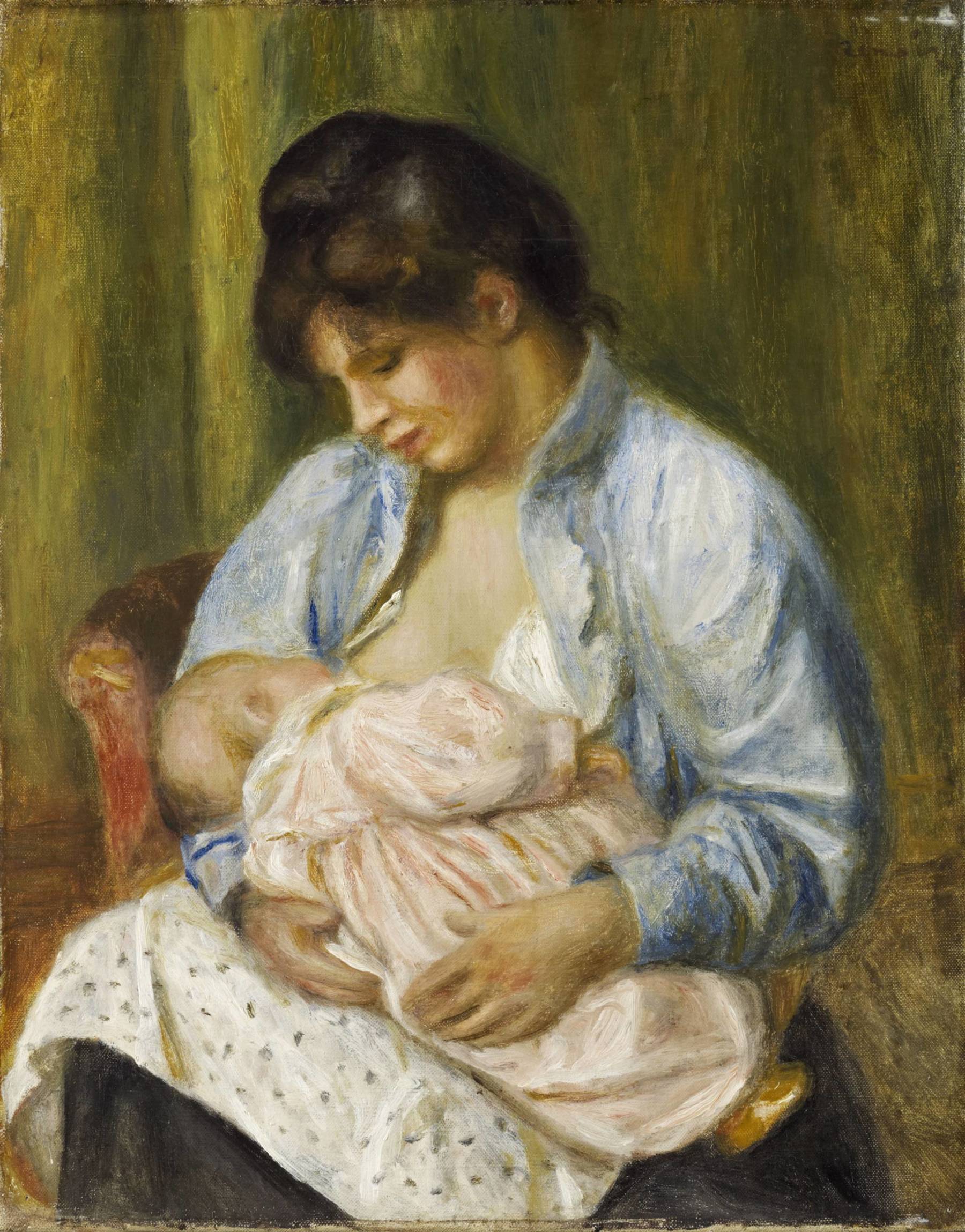
- Auguste Renoir (1841-1919)
- Femme allaitant un enfant, 1893-1894, Huile sur toile, 41,2 x 32,5 cm.
- Huile sur toile, 41,2 x 32,5 cm
Edimbourg, National Galleries of Scotland, don de Sir Alexander Maitland en mémoire de son épouse Rosalind, 1960, NG 2230 - © National Galleries of Scotland, Dist. RMN-Grand Palais / Scottish National Gallery / Photographic Department
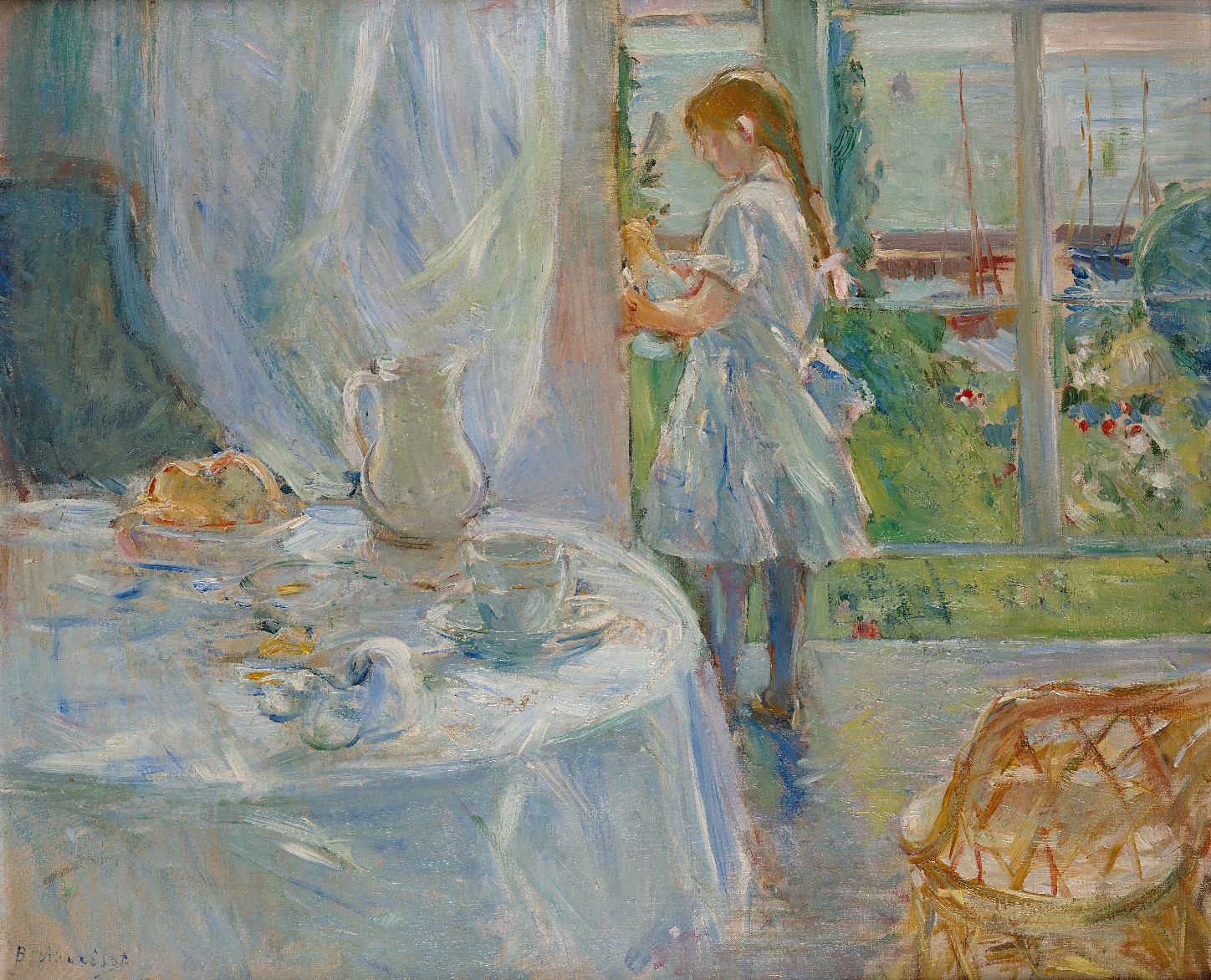
- Berthe Morisot (1841-1895)
- L’Enfant à la poupée ou Intérieur de cottage, 1886.
- Huile sur toile, 50 x 61 cm
Bruxelles, Musée d’Ixelles, FT 104 - © Musée d’Ixelles
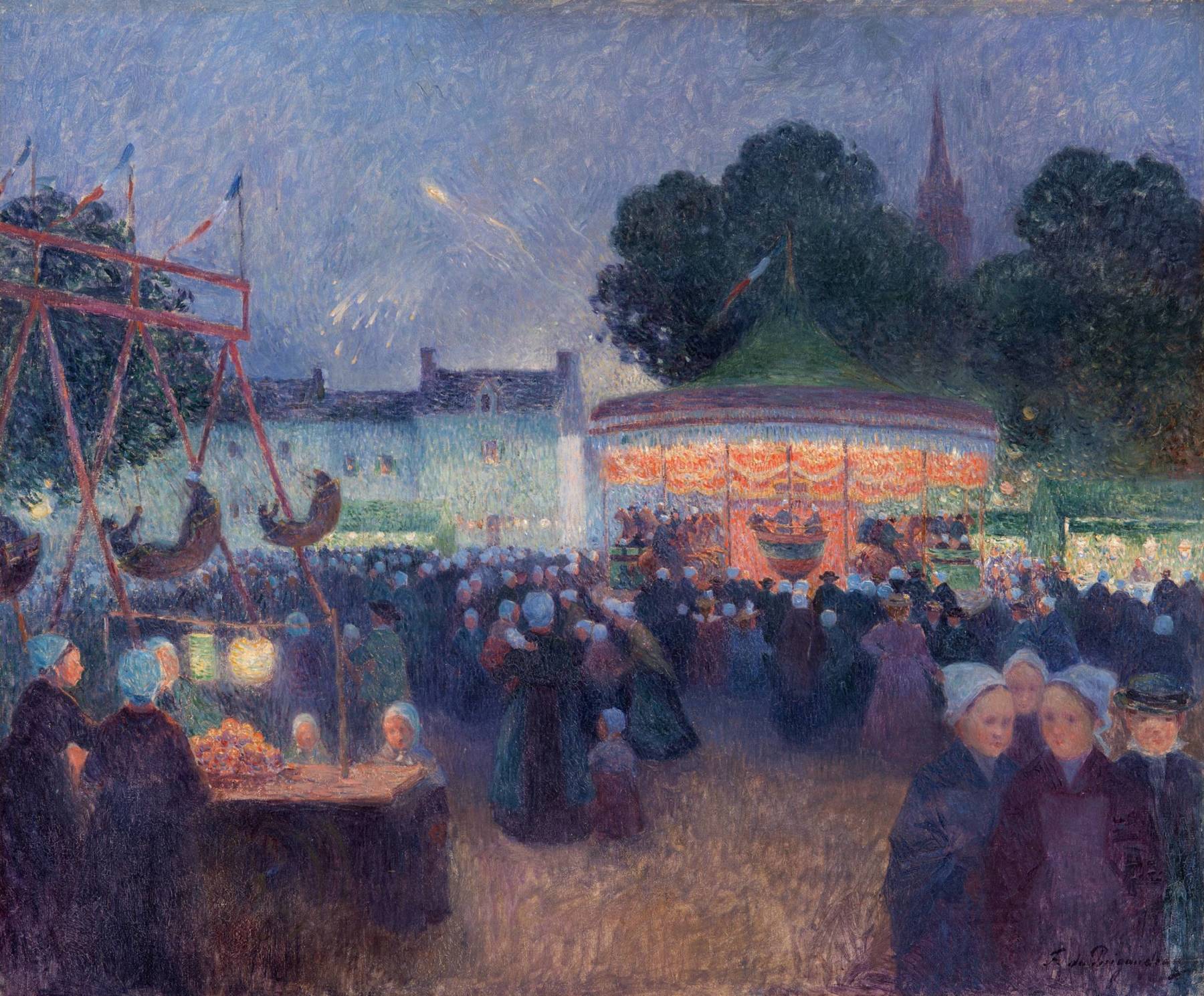
- Ferdinand du Puigaudeau (1864-1930)
- Fête nocturne à Saint-Pol-de-Léon, 1894-1898.
- Huile sur toile, 60 x 73 cm
Collection Carmen Thyssen-Bornemisza en dépôt au Museo Nacional Thyssen-Bornemisza, CTB.1999.15 - © Coleccion Carmen Thyssen

- Elaine Constantine (née en 1965)
- Girls on bikes, 1997.
- Photographie montée sur Dibond, 89 x 125 cm
Collection R & G Little - © Elaine Constantine
Patronage
Our patrons and partners
The museum warmly thanks the patrons and partners of this exhibition.
Exhibition in progress
The Nahmad Collection. From Monet to Picasso
from March 28, 2025 to June 29, 2025
See more
